
OR
CEC Yadav urges government to take prompt decision on Madhes issue
Published On: April 6, 2017 06:03 PM NPT By: Republica | @RepublicaNepal
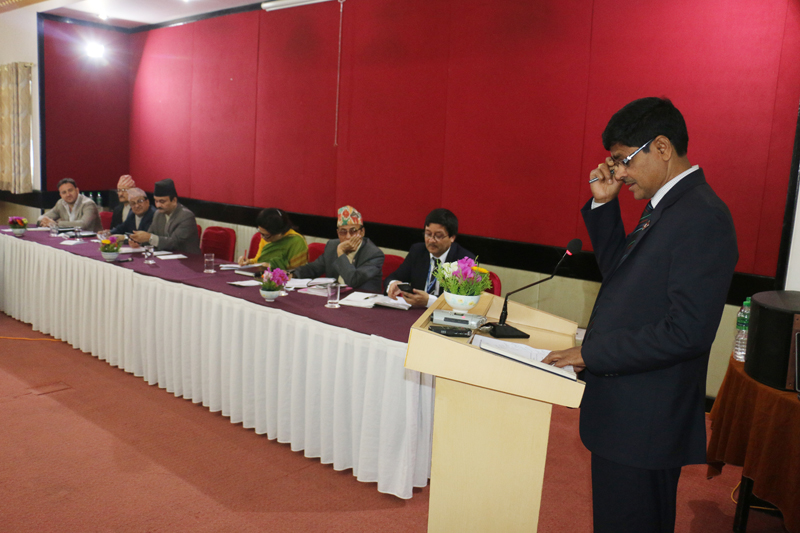
KATHMANDU, April 6: Chief Election Commissioner Dr Ayodhi Prasad Yadav has urged the government to reach to a concrete decision as soon as possible on the problem that has been voiced in the Madhes regarding the election.
Addressing the two-day Training of Trainers on election management and conduction the Election Commission organised at Godavari, Lalitpur today, he said they (the Election Commission) will be in difficulty if the government did not take a concrete decision on the issue.
"It is necessary for the government to make a concrete decision as it is high time for printing the ballot papers and the voters identity cards in the districts of the Madhes which have high number of voters. If the government didn't decide, then, the Election Commission will resolutely and fully gear up for the election preparation by printing the ballot paper for all provinces," CEC Yadav reiterated.
Stressing that the government should fully ensure a secure environment wherein the employees deployed for conducting the election can work smoothly, he said the Election Commission was moving ahead with the voters education and management of materials needed for voters despite the complexities.
Government chief secretary Dr Som Lal Subedi stressed on maintaining fiscal discipline and expressed the confidence that the civil servants will extend cooperation to that end fulfilling their responsibilities at the minimum cost. He said the employees should have professionalism and practice neutrality.
He said, "The people will get the presence of the government at their doorsteps by means of the local level election which is seen as the guideline for the stability of democracy and as a national campaign. The formation of a strong local level and its implementation would be realised only through the forthcoming election."
ECN Commissioner Narendra Dahal expressed his hope that the upcoming local-level election would significantly contribute to the strengthening of democracy and effective implementation of the constitution.
ECN Secretary Gopinath Mainali, stating that the strengthening of democracy was possible only by a free and fair election, stressed that employees to be deputed in the election should always keep this fact in mind.
United Nations Development Programme (UNDP) Nepal country director Renaud Meyer said the local-level election of Nepali going to be held for the stability of democracy must to make the people realised that it was well managed.
ECN Joint-Secretary Nawaraj Dhakal said preparations for the forthcoming election were going on in full swing giving priority to the political, social and finance management issues.
Assistant Spokesperson for ECN Surya Prasad Aryal capacity-enhancement trainings were going on targeting employees to be deputed in the election and ECN staff.
A total of 126,000 employees except security forces are to be deputed in the local-level election scheduled to be held in a single phase and at a time on May 14 this year. Over 36 thousands individuals will be elected in the elections of 744 local-levels. Around 21 thousands volunteers will be mobilised for running voters' education classes. RSS
You May Like This
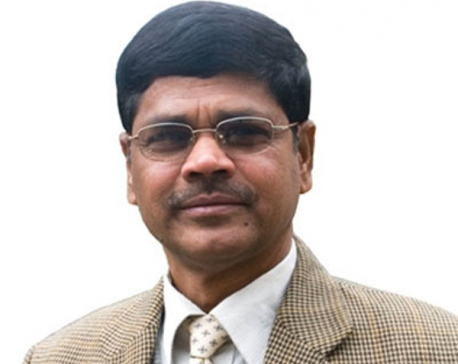
CEC Yadav urges govt not to take any decision unfavorable to polls
DHULIKHEL (Kavre), Oct 10: Chief Election Commissioner Dr Auyodhee Prasad Yadav has called on the government not to take any... Read More...
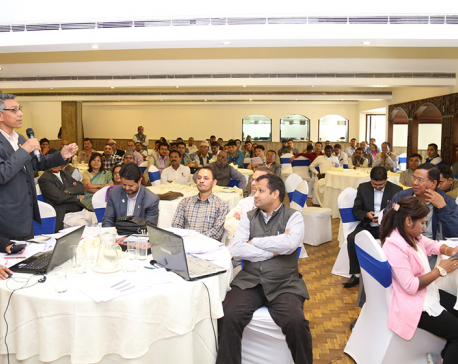
CEC Yadav urges all to follow election code of conduct
KATHMANDU, Oct 7: Chief Election Commissioner Dr Ayodhee Prasad Yadav has urged all not to suspect over the timely elections. Read More...
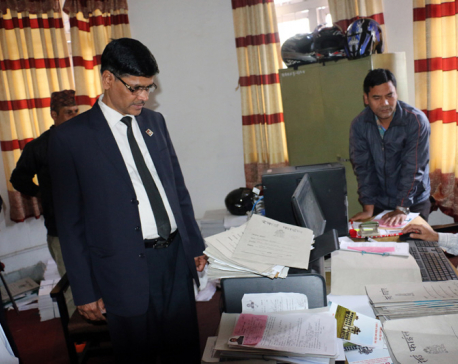
CEC Yadav urges representatives to cooperate for updating voters' list
KATHMANDU, July 13: Chief Election Commissioner (CEC) Dr Ayodhee Prasad Yadav has urged the recently elected representatives of the local... Read More...
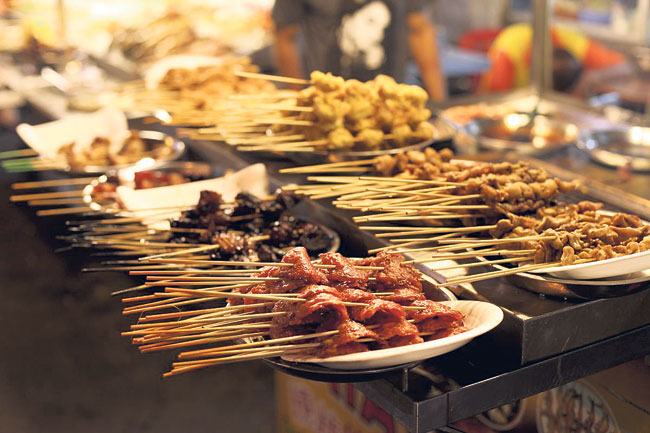
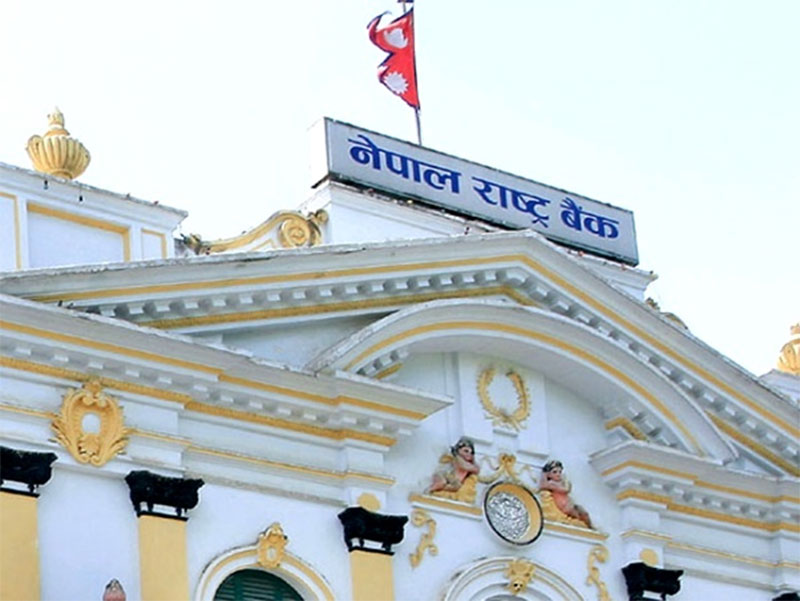


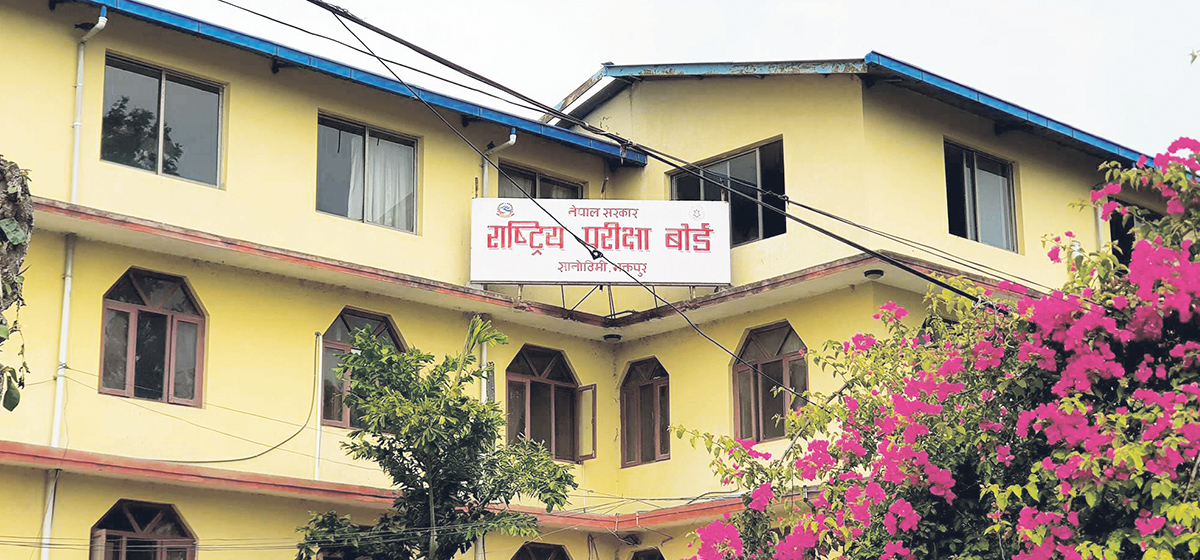

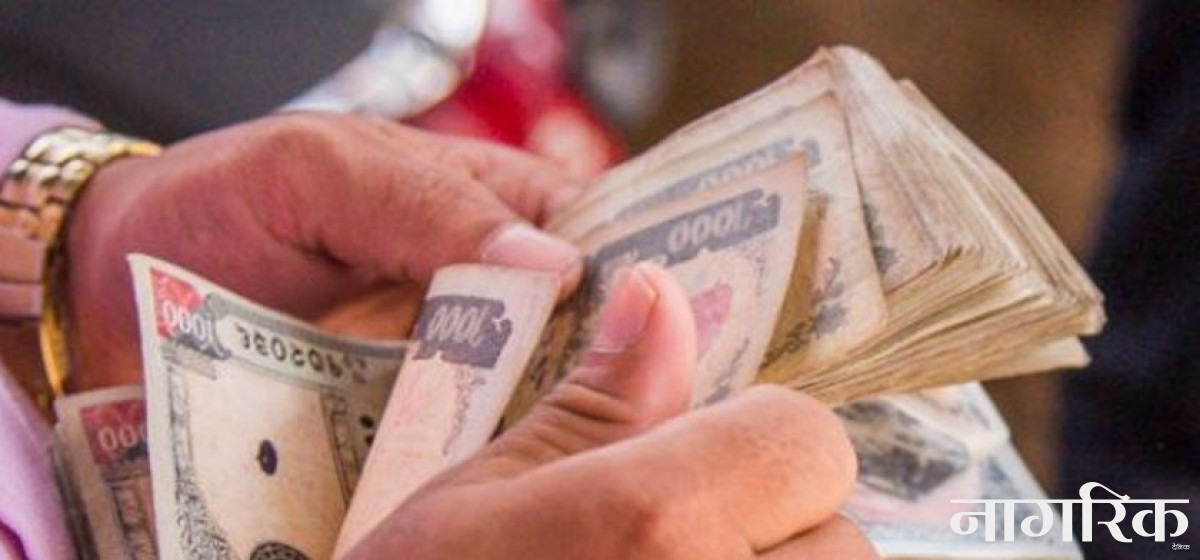
Just In
- NRB to provide collateral-free loans to foreign employment seekers
- NEB to publish Grade 12 results next week
- Body handover begins; Relatives remain dissatisfied with insurance, compensation amount
- NC defers its plan to join Koshi govt
- NRB to review microfinance loan interest rate
- 134 dead in floods and landslides since onset of monsoon this year
- Mahakali Irrigation Project sees only 22 percent physical progress in 18 years
- Singapore now holds world's most powerful passport; Nepal stays at 98th



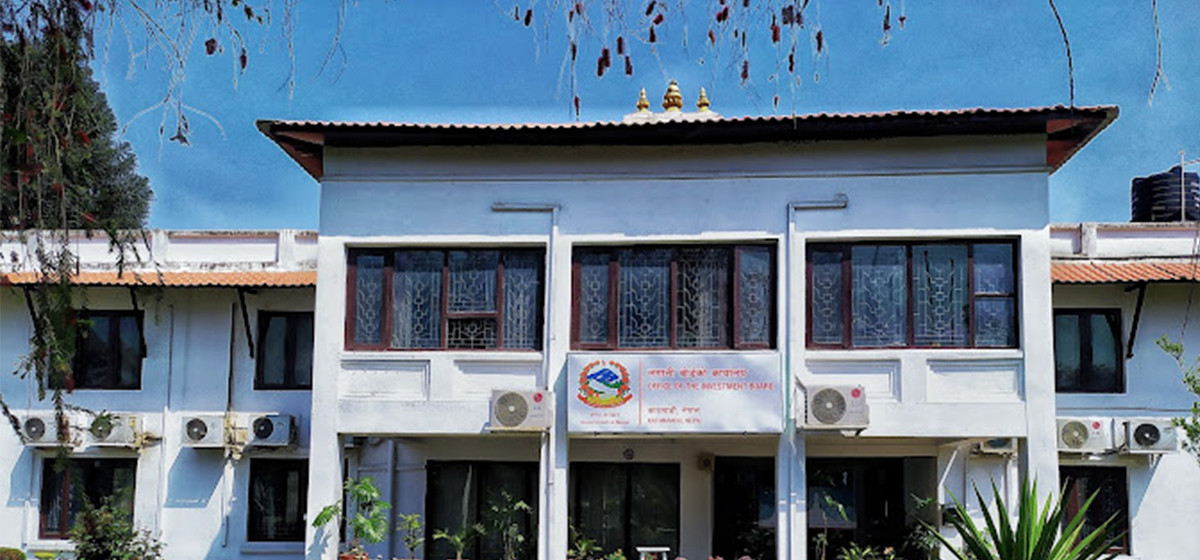


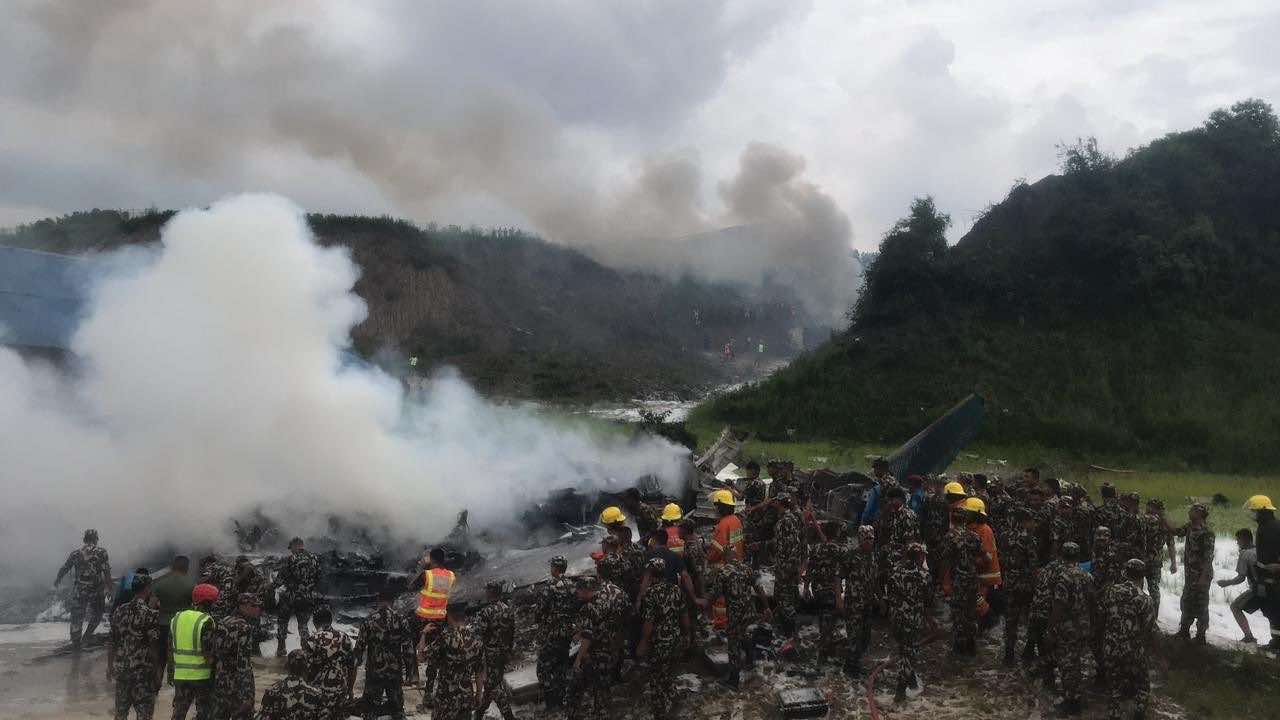
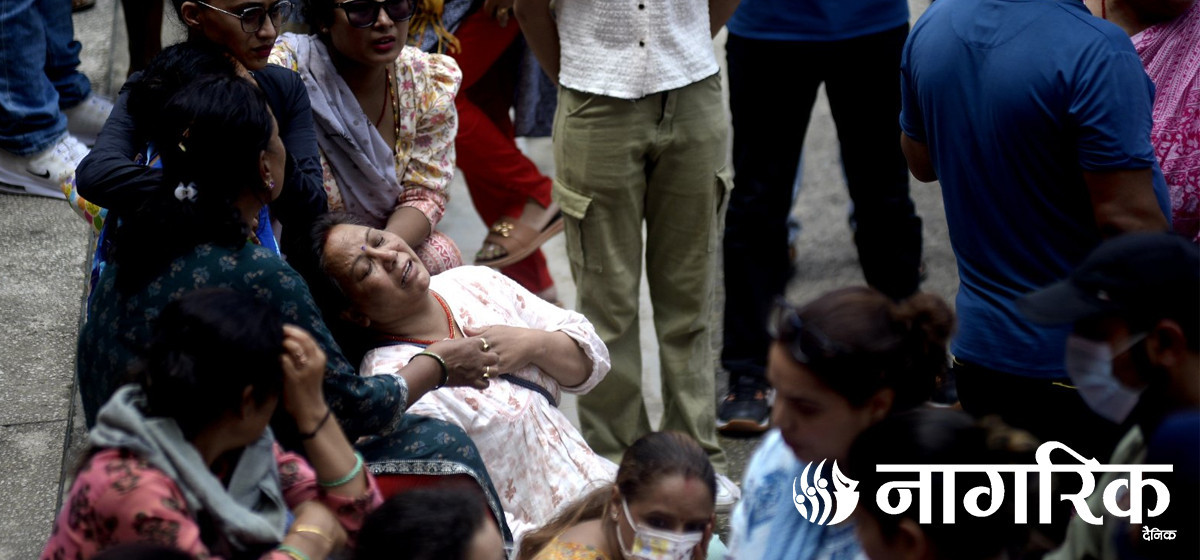


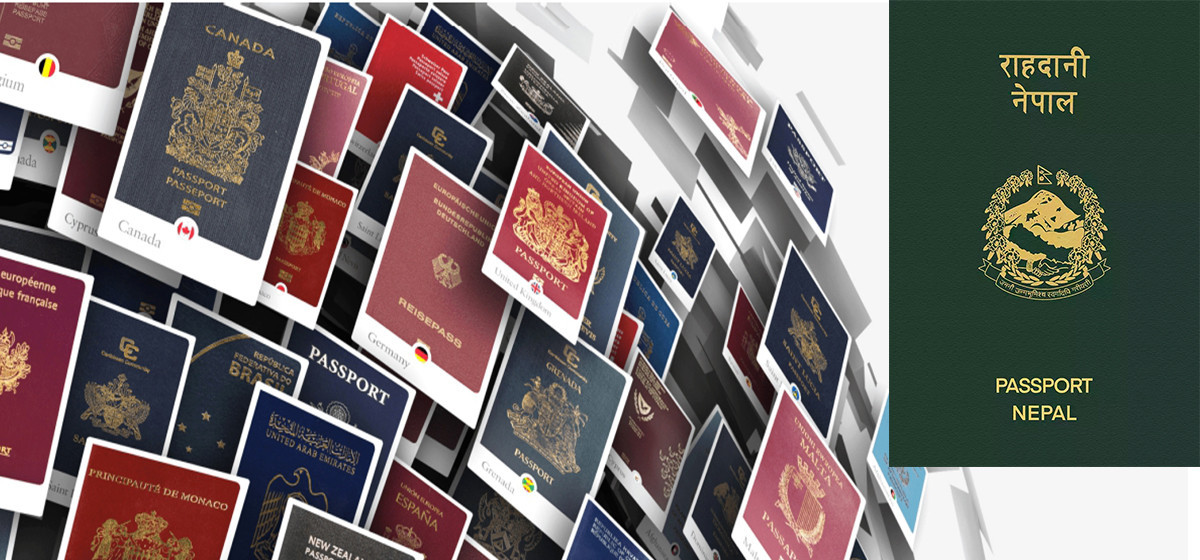
Leave A Comment